This Is The Best Way To Care For Succulent Plants
The Succulent
Succulents are incredibly easy and low-maintenance houseplants, ideal for beginners! They are drought-tolerant, as they store water in their leaves. Succulents thrive if given bright light and occasional watering. There are endless varieties, species, and shapes available.
_________________________________________________
How to care for your succulents
Use these instructions to care for a succulent. This guide will tell you how to water a succulent; its light, temperature, and humidity preferences; and any additional care it may need to help it grow.
Place your succulent in indirect, direct, or bright light. It won't thrive if it doesn't get enough sunlight.
It doesn't need to be watered as frequently as most houseplants. Water only when the soil is completely dry, or when you notice the leaves beginning to wrinkle. Water thoroughly so the roots have a chance to absorb moisture. Make sure there's no standing water, as this can lead to root rot.
This plant does not require additional humidity and enjoys dry air.
Your succulent will do very well in average room temperatures between 15°C-26°C.
Fertilizing once in spring and once in summer will be sufficient.
Some are toxic (not all) and can be toxic to animals and humans. Keep in mind the correct name of the species you purchase to find out.
Over time, your succulent will shed its lower leaves. While this can be alarming, it's completely natural and doesn't mean your plant is dying.
_________________________________________________
Common problems for succulents

It can be alarming to notice the top of your plant drying out and dying, but don't worry! These are possible causes:
If the top looks limp, it's most likely because your plant isn't getting enough light. There's an easy solution! You can take a couple of leaves and place them on top of the pot. Use some garden pins to secure them so they touch the soil. Within a few weeks, these will send new roots into the soil, and your pot will appear full and beautiful again! Make sure the entire pot is getting enough light to prevent this from happening again. At least 4-6 hours of light per day is ideal.
Weakness can also be caused by overwatering. It's advisable to water only when the soil is completely dry. Be sure to use your finger to check the soil moisture. This is a drought-resistant plant and is prone to root rot if overwatered. A sign that your plant is thirsty is when the leaves begin to wrinkle and look smaller. When this happens, you know it's time to give it a drink!

Aloe plant stems are likely to turn brown and soft with too much water. Here's a little about the possible causes:
- Too much humidity
The most common cause of yellowing and browning stems among Aloe plants is inadequate soil moisture, particularly overwatering. It's best to only water your Aloe when 75% of the pot's soil is dry. In winter, you can allow your plant to dry out a little more between waterings. Aloe plants are native to very dry climates and are extremely drought-tolerant.
When watering the plant, make sure to provide enough water so that the liquid flows through the drainage holes in the pot. It's extremely important to discard any excess water in the saucer and not let the plant sit in standing water. Your Aloe doesn't like "wet feet," which will cause the roots to rot and lead to the eventual death of the plant.
- Inadequate light
Aloe will grow best when placed in bright, indirect sunlight. If placed in low light, the leaves will grow stunted and droopy.
- Some yellows are natural
Is there new growth on your aloe plant? If new growth appears and the yellowing is on the older leaves, particularly at the bottom of the plant, this discoloration is natural. Your plant is shedding its old leaves and sending energy to the new ones.

If you notice that your Aloe is wrinkled and soft, it needs a drink!
- Incredibly dry soil
While hedgehog aloe plants are known for requiring very little water, this doesn't mean they should be completely deprived of the vital liquid. They do require some water, so don't forget about it! Underwatering or overwatering are incredibly common problems among aloe plants. Maintaining the right humidity level is a delicate balance, but your aloe is very forgiving.
Excess water can lead to root rot. In well-drained soil, your Aloe requires water every 10 to 14 days during the summer months. If you're unsure whether to water, check the moisture level with your finger or a wooden stick, inserted close to the root, 5 to 8 centimeters below the soil surface. If the soil is slightly moist, don't water until it has dried.
If you're noticing wrinkles on your aloe, particularly toward the stem tips, your plant is very dry and a soak would be very beneficial. It may seem counterintuitive to give an aloe plant a big drink, but you'll be amazed at how your aloe will absorb the water and return to its former self.
Here's how to soak Aloe:
- Place your plant in the sink or bathtub. Fill it about three-quarters full of water. Make sure the water isn't too hot!
- Let the plant absorb water through the drainage holes in the pot for at least 45 minutes.
- If not all of the soil feels saturated (you can insert a finger or wooden stick to check how moist it is), lightly water the plant from the top of the soil to help speed up saturation.
- Once the plant's soil is evenly moist, let it drain for a few hours to allow it to drain properly, then place the plant back in its proper location.




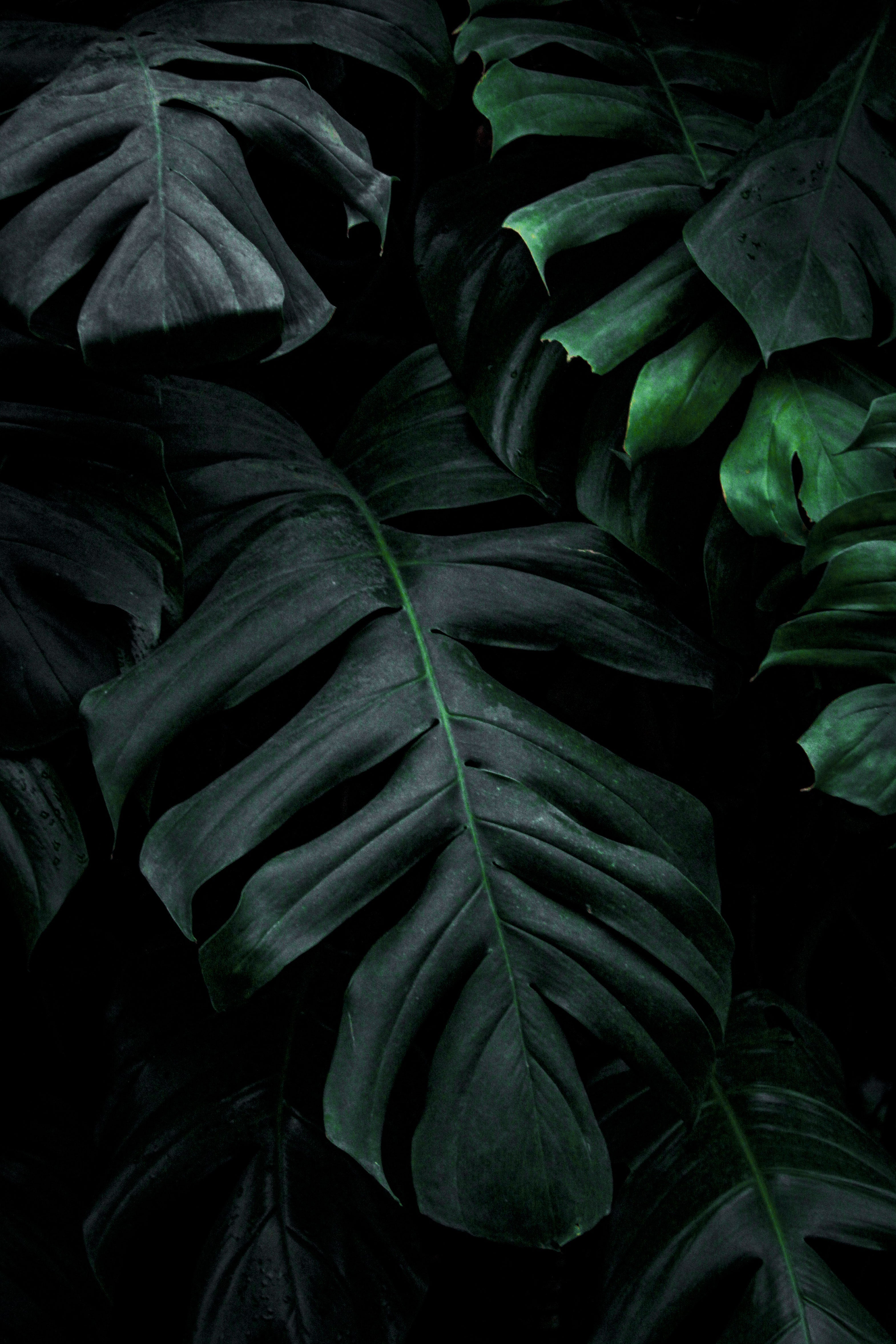
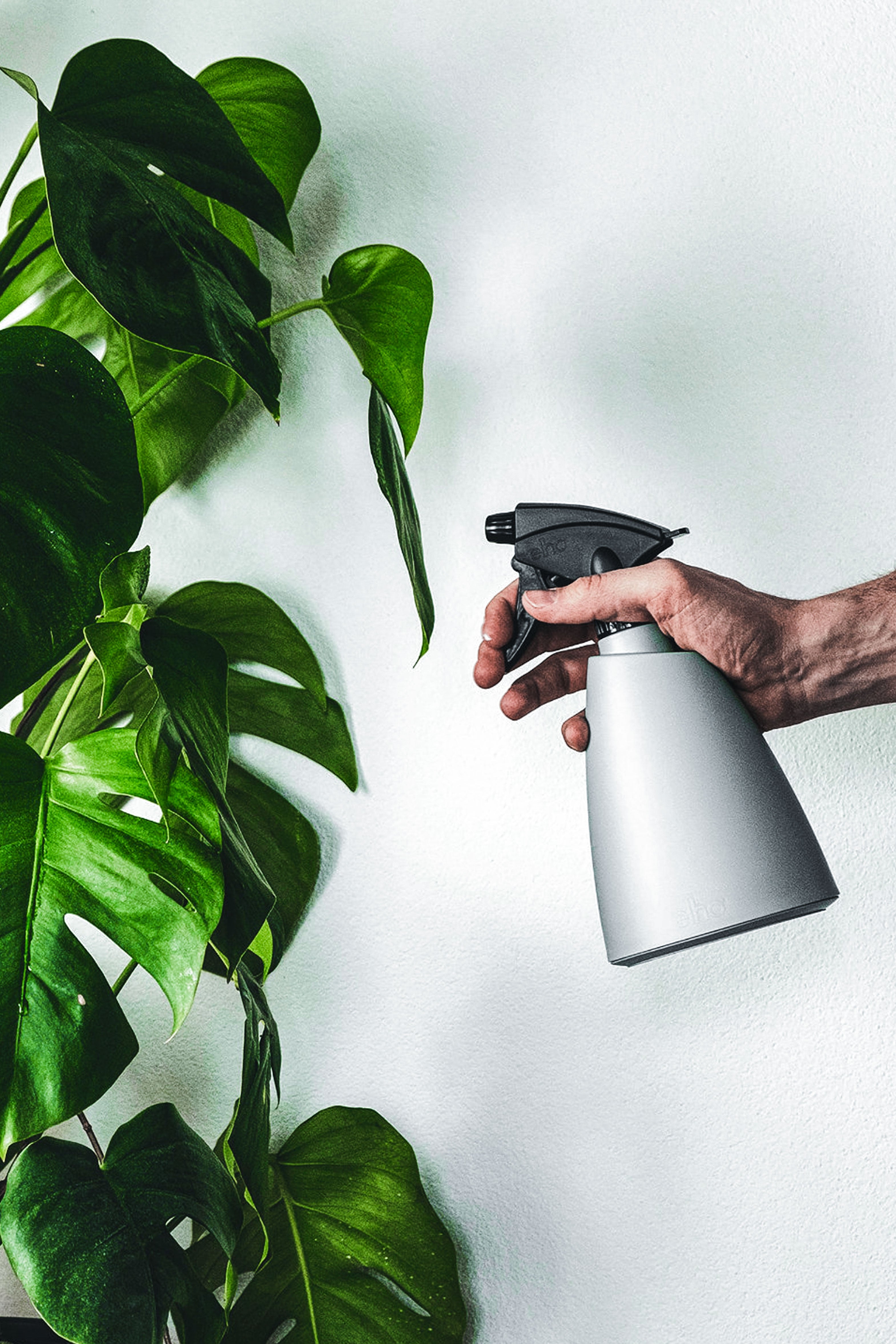
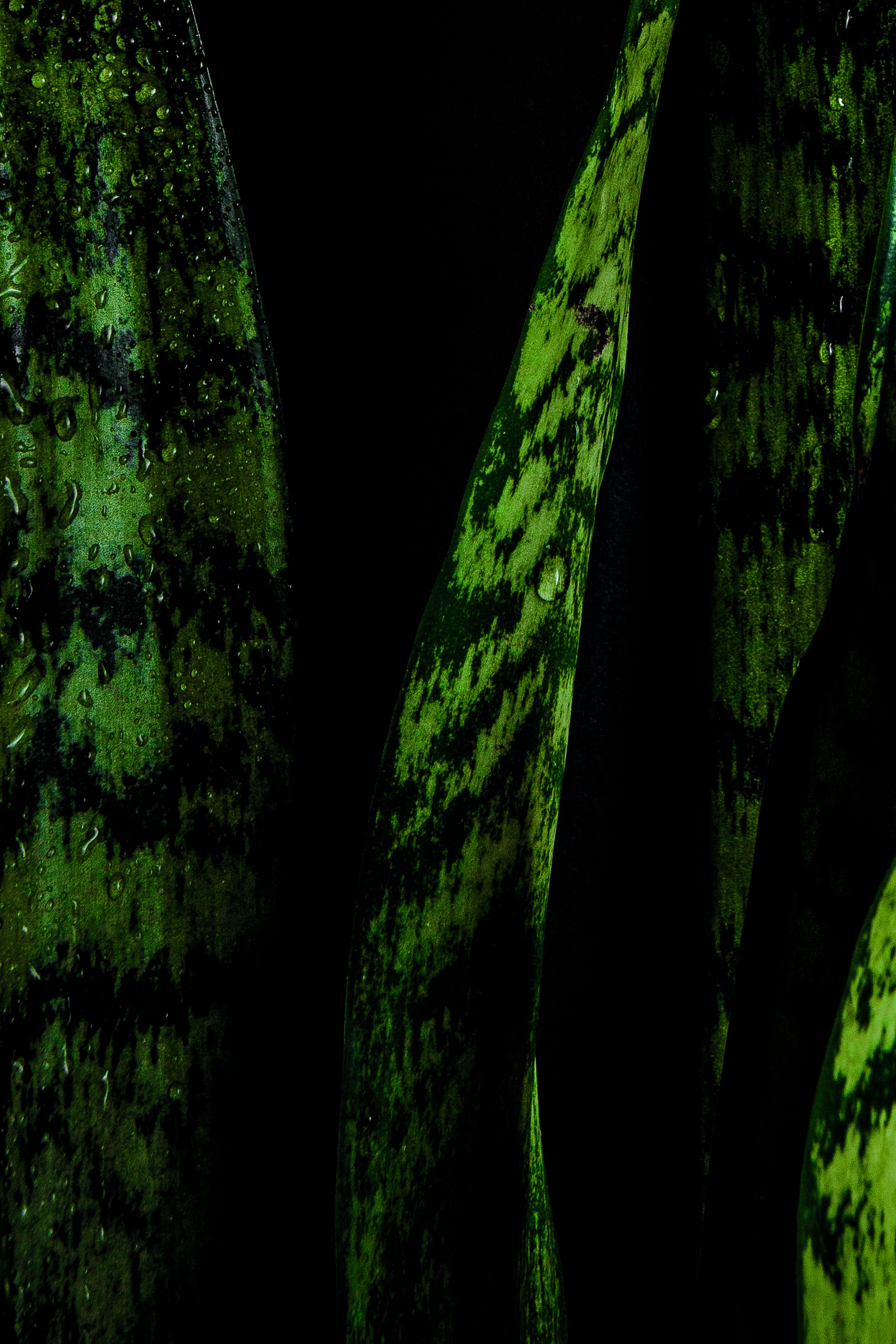
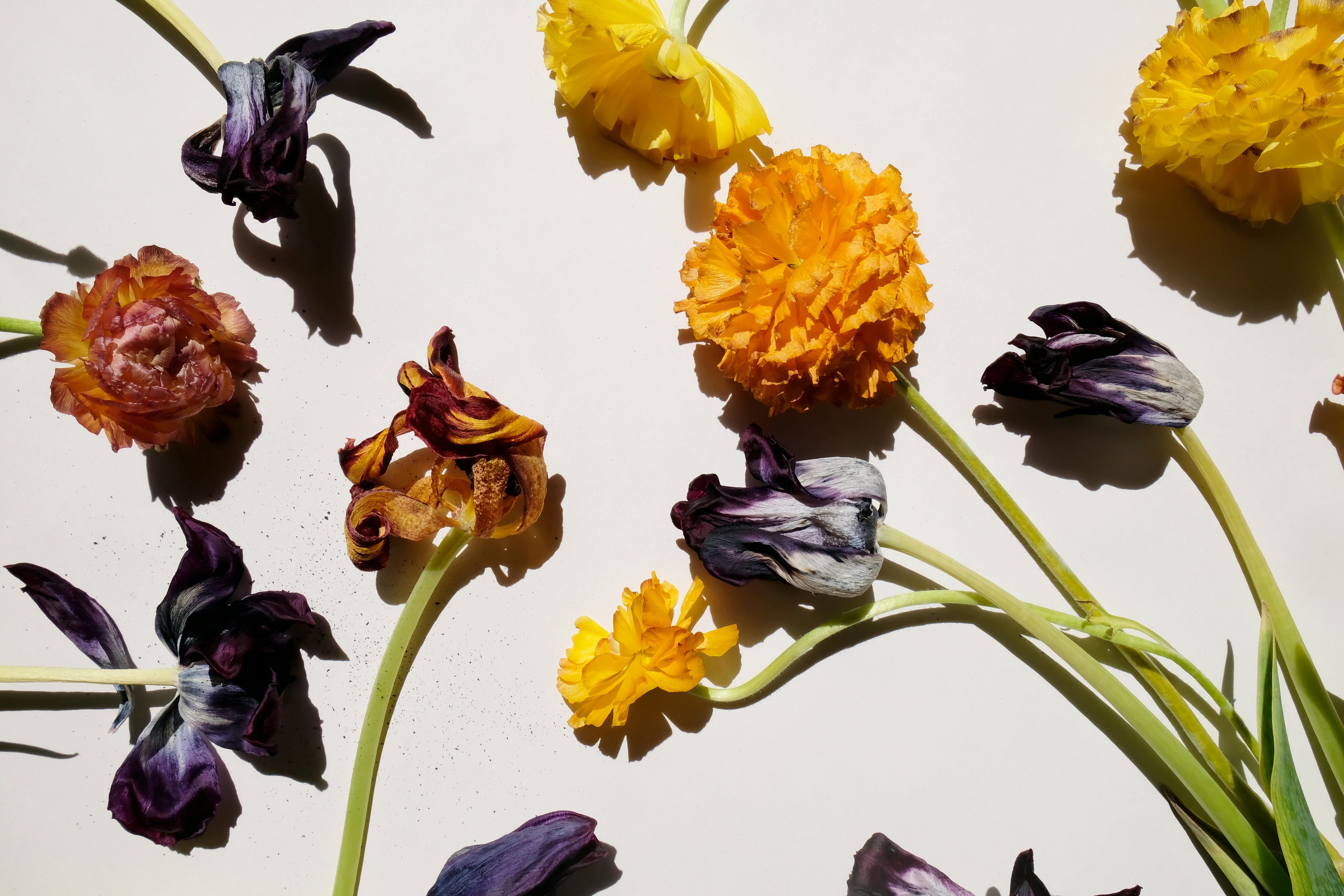
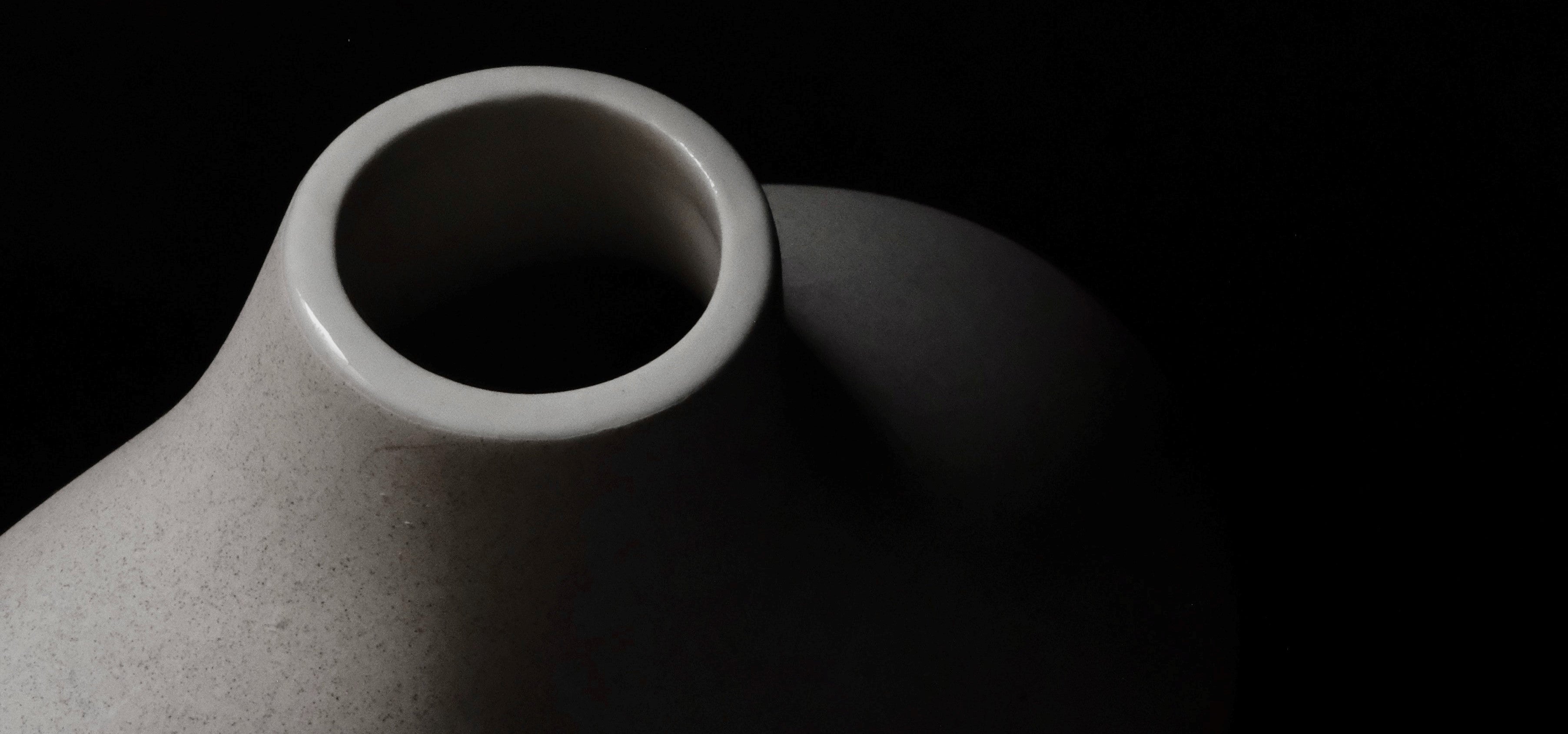
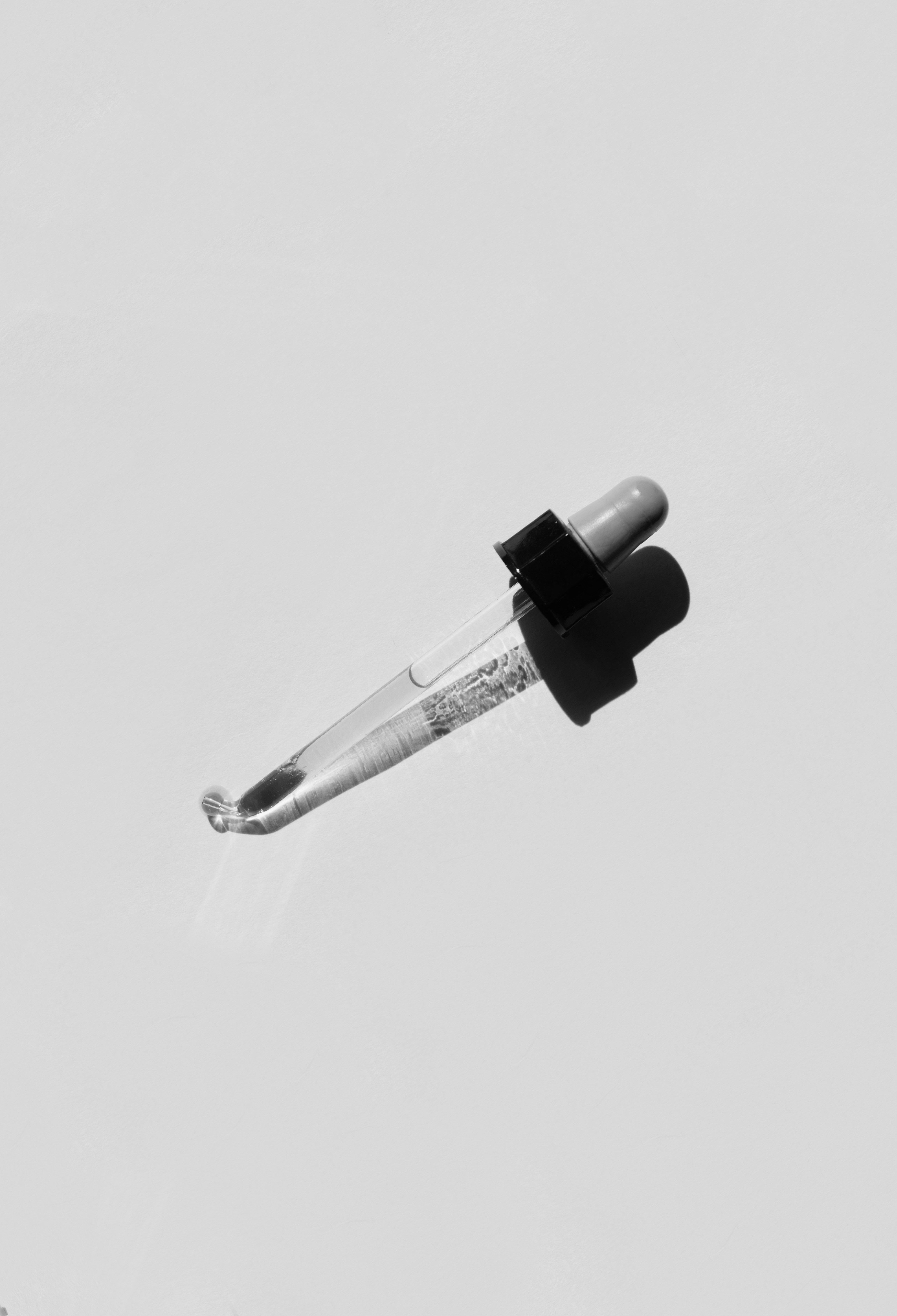
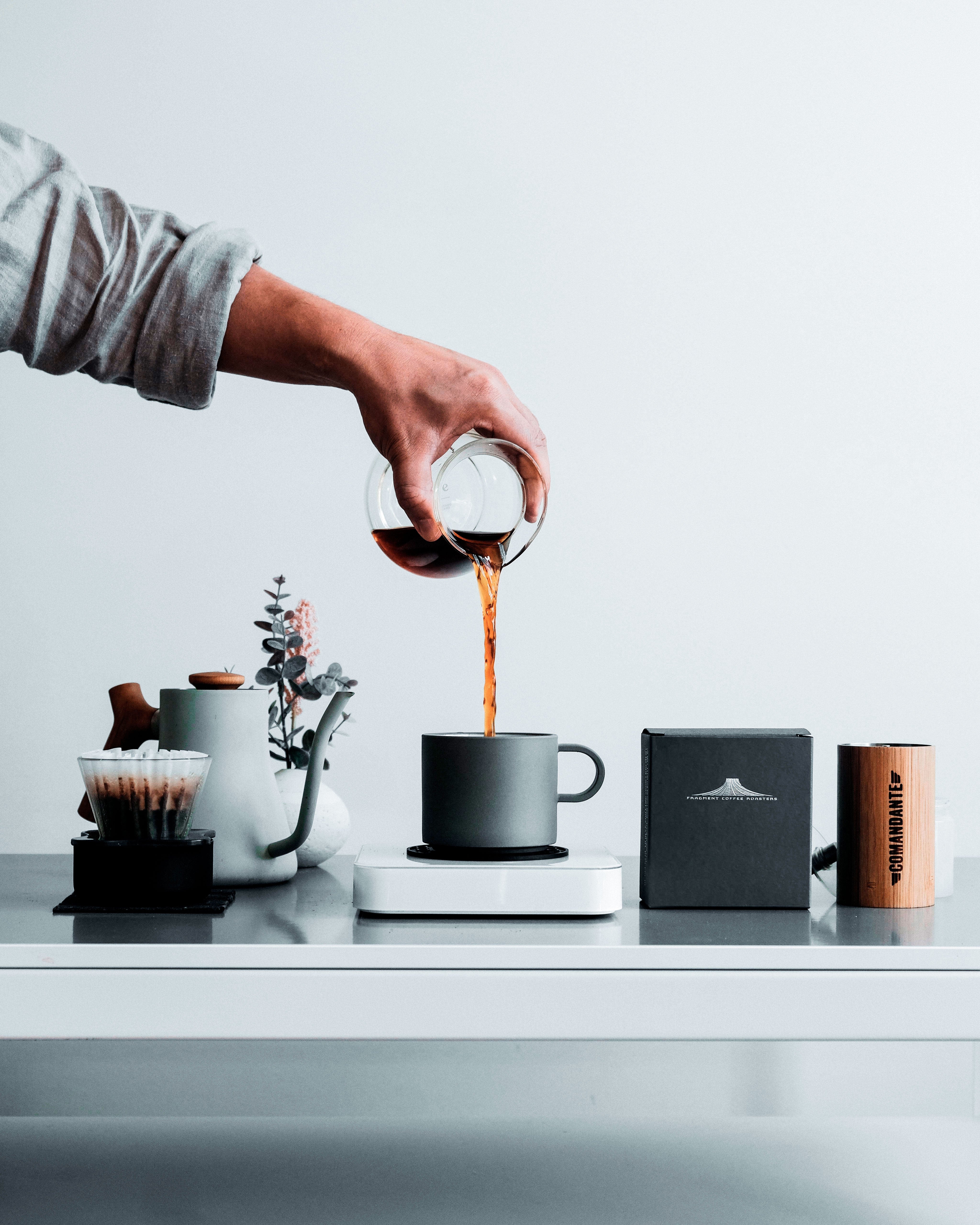
Leave a comment